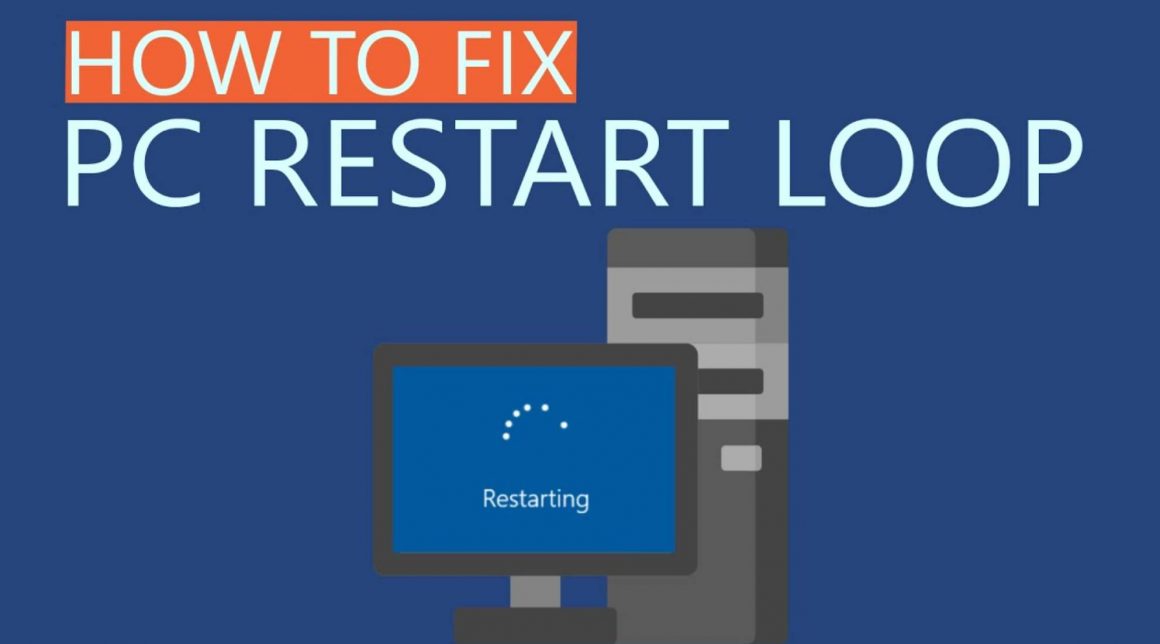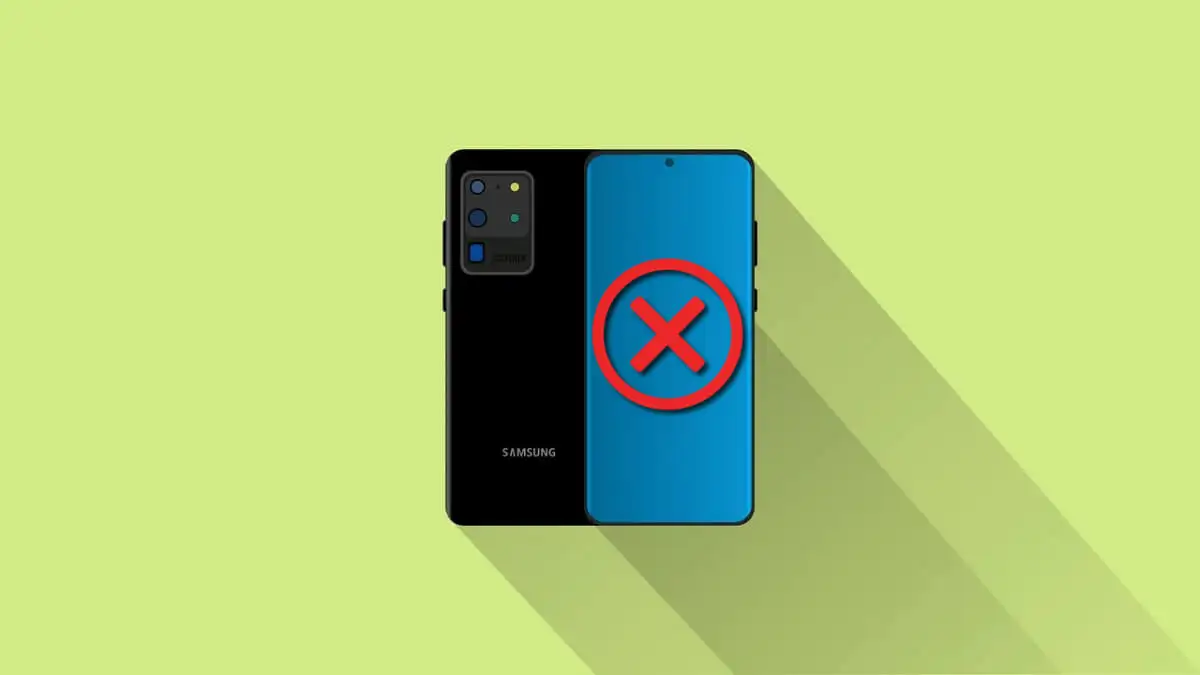If you use a PC or laptop regularly, nothing can be more annoying than your device restarting on its own. In addition to being unpleasant, this results in the loss of important work in progress.
Having problems with your computer randomly restarting and looking for answers? This is the right place for you. The purpose of this article is to share tips on how to resolve the problem on Windows 10, 7, and Mac. Find out how to regain control of your device.
 How To Fix A Computer That Randomly Restarts
How To Fix A Computer That Randomly Restarts
Don’t worry if your Windows 10 reboots when you open a program. There are many users who experience the same problem. You can fix the randomly restarting issue in Windows 10 by following the instructions below.
The most common reason for a computer restarting randomly is a feature telling it to. You can check if this is the issue by following these steps:
- The search box next to “Start” should contain “This PC/My Computer/computer.”
- Select the result by right-clicking.
- Click on “Properties.”
- Select “Advanced System Settings,” then “Settings…”
- Press “OK” to uncheck “Automatically Restart.”
You have now disabled the feature that causes your computer to restart randomly. See if the issue is resolved by continuing to work on your PC.
There may be an automatic driver update that requires your PC to restart every time. The automatic driver update feature can be disabled if you are sure your drivers are installed correctly.
- Enter “Advanced Settings” in the Windows Search Bar.
- You can view advanced settings by selecting “View Advanced Settings.”.
- Select “Hardware,” then “Device Installation Settings.”
- Choose “No (your device might not work as expected)” and click “Save Changes.”
Another reason your computer may be restarting is that the power settings are incorrect. Here’s how to reconfigure the settings to hopefully resolve the problem:
- Search for “Power Options” in Windows 10’s search box.
- In the power settings, select “Edit Power Plan”.
- Change the advanced power settings by selecting “Change advanced power settings.”
- Select “Processor power management” under the “Balanced” section.
- Put 5% or even 0% in the “Minimum processor state”.
- After clicking “Apply,” click “OK.”
The next section should be followed if your computer keeps restarting after editing the power options.
You can also fix random Windows glitches by updating your BIOS. You can get the latest BIOS version by visiting the website of your motherboard manufacturer. It’s important to check the motherboard manual to make sure you have the correct version. If you do not, you risk damaging your computer. Consult a professional if you aren’t sure which BIOS you need.
Your PC may occasionally restart if it is overheating. By accessing the BIOS or using third-party software, you can check your computer’s temperature. You may also need to use pressurized air or dust cleaning to clear debris from vents or other openings.
If none of the suggestions above work, you might have a hardware issue causing random restarts. Make sure the CPU (central processing unit) and power supply are in perfect working order. Your local repair shop can check out your laptop or PC if it is still under warranty.
Mac computers are known for their resistance to many Windows OS problems. However, they aren’t perfect. Below are some suggestions to try if you’re experiencing a reboot issue with your Mac.
Ensure that your Mac is up-to-date with all software updates. The operating system may suggest moving an app to “Trash” if it indicates an app is causing the restart. Do that, and see if the issue is resolved.
In addition, you can isolate the cause by running your Mac in safe mode.
Lastly, you can reinstall macOS. Check the hardware as described below if the issue doesn’t resolve.
Check your peripheral devices first. The steps below can be skipped if you don’t have any.
- Your Mac should be turned off.
- All printers, hard drives, and other devices should be disconnected. Keep the keyboard, display, and mouse connected if you are using a desktop Mac.
- The Mac should be turned on.
- Restart the device if it keeps restarting.
- Check the internal RAM and third-party hardware listed below if it does.
- Try reconnecting each peripheral device until you figure out what’s causing the problem.
There are some Mac models that come with removable RAM. Your SSD may not be compatible with your system, or it may have been installed incorrectly. Remove it if possible and run a test with the original memory or disk.
Contact Apple Support if none of the steps above help.
Have you been having problems opening certain programs or browsing the web on Windows 7? If the problem persists, try the suggestions below.
- Go to “Start,” then “Computer.”
- Move to “Advanced System Settings” by right-clicking on “Properties.”
- In the “Startup and Recovery” section, click “Settings.”.
- Under “System failure,” uncheck the box next to “Automatically restart.”
- Proceed to use the computer normally by selecting “OK”.
In the event that the issue recurs, follow the suggestions below.
You may experience random restarts of your PC if there’s a problem with your RAM. To determine whether RAM is the problem, run MemTest86 or a benchmarking test.
You can use MemTest86 by downloading it on your computer, and the app will run automatically. For accurate results, run six or seven scans. A red result indicates faulty RAM.
You can run a benchmarking test by following these steps:
- The Performance Monitor can be accessed by pressing the Windows Key + R and typing “perfmon /report.”
- The system will collect data after 60 seconds.
The diagnostic results will be displayed under the “Diagnostic Results” tab. Three sections will be covered – Informational, Basic System Checks, and Resource Overview. The “Warning” section will appear if your PC is experiencing any severe issues. If not, check the “Resource Overview” for RAM issues.
If you suspect dust or dirt is affecting your power supply, follow this step.
- Unplug the computer and turn it off.
- Open your PC casing’s side cover or your laptop’s back cover by unlatching or unscrewing. In one corner, there will be a small box with a fan and a sticker with the rating. The power supply looks like this.
- Your motherboard’s wires need to be disconnected.
- When you have disconnected the cables, unscrew and unlatch the power supply.
- Check the power supply for blocked air paths or dust. Put everything back in its place after cleaning.
When you run a specific program, does your computer randomly restart? The CPU may be working too hard, causing the device to overheat, resulting in random restarts. To investigate the problem, you can use third-party software such as CPUID or your PC’s built-in sensors.
Here is where you can download HWMonitor PRO. Run it after installing it on your computer. On the right, you’ll see a list of processes and their temperatures. After running a task-intensive program, check the temperature.
Additionally, you can use the sensors built into your device. Here are the steps you need to follow:
- Your PC or laptop needs to be rebooted.
- When the Windows logo appears, press F2. Press F10 on Dell devices.
- You will be transferred to BIOS. You’ll see a menu with different options if you don’t. Using your arrow keys, select BIOS and press “Enter”.
- Alternatively, select “Status” and hit “Enter.” Using the arrow keys, choose H/W monitor and hit “Enter.”
Your PC’s temperature and voltage will be displayed by the system. There should be no deviation from the limits in the readings. If not, your device may be overheating.
Clean your system and make sure your cooling (fan) system is working properly to solve the overheating issue. Thermal paste (a gel-like substance) may need to be replaced or heat sinks (small objects that distribute heat evenly) may need to be cleaned.
Here are some suggestions to try if your computer keeps restarting while you’re playing games.
CPU overload is one of the most common reasons for a PC restarting during gameplay. You should clean your computer to prevent this from happening. Make sure the fans are working properly and clean the dust from the PC. Consider changing the CPU cooler if the CPU continues to overheat after cleaning the fans.
You may have a problem with your GPU (graphics processing unit) if your computer restarts when you play games. The GPU should be unplugged from the device and the system’s integrated graphics should be used instead. Your graphics card needs to be checked if the computer no longer restarts.
Ensure your cooling system is functioning properly and update your drivers regularly.
Random restarts are among the most annoying things for computer users. In most cases, the issue is irritating, but it can also be resolved easily. Hopefully, this article has provided you with solutions to prevent restarts on your Windows or Mac devices in the future.
What method worked best for you? Have you had to replace your GPU? Feel free to share your thoughts and experiences in the comments section.






